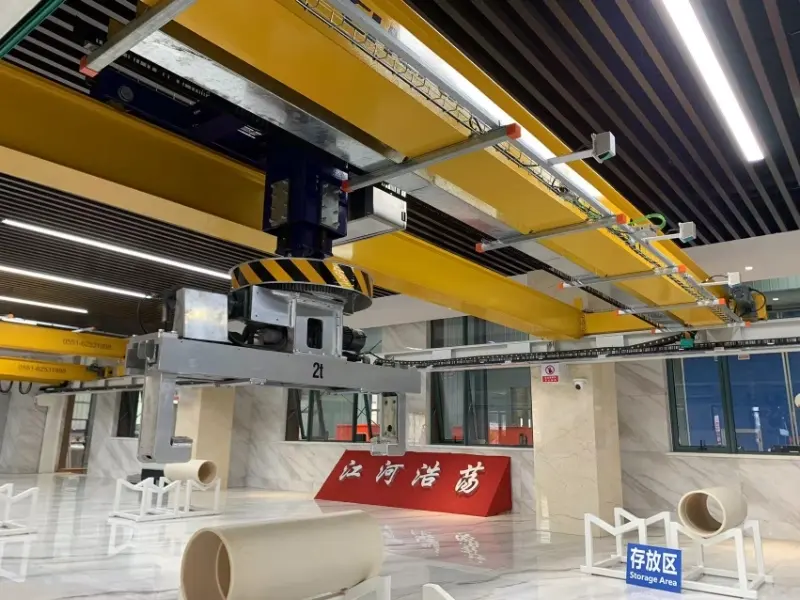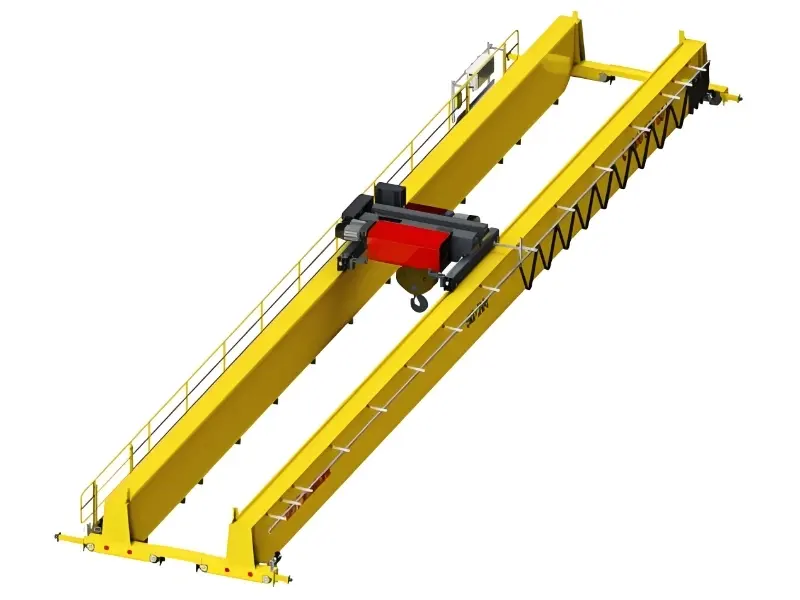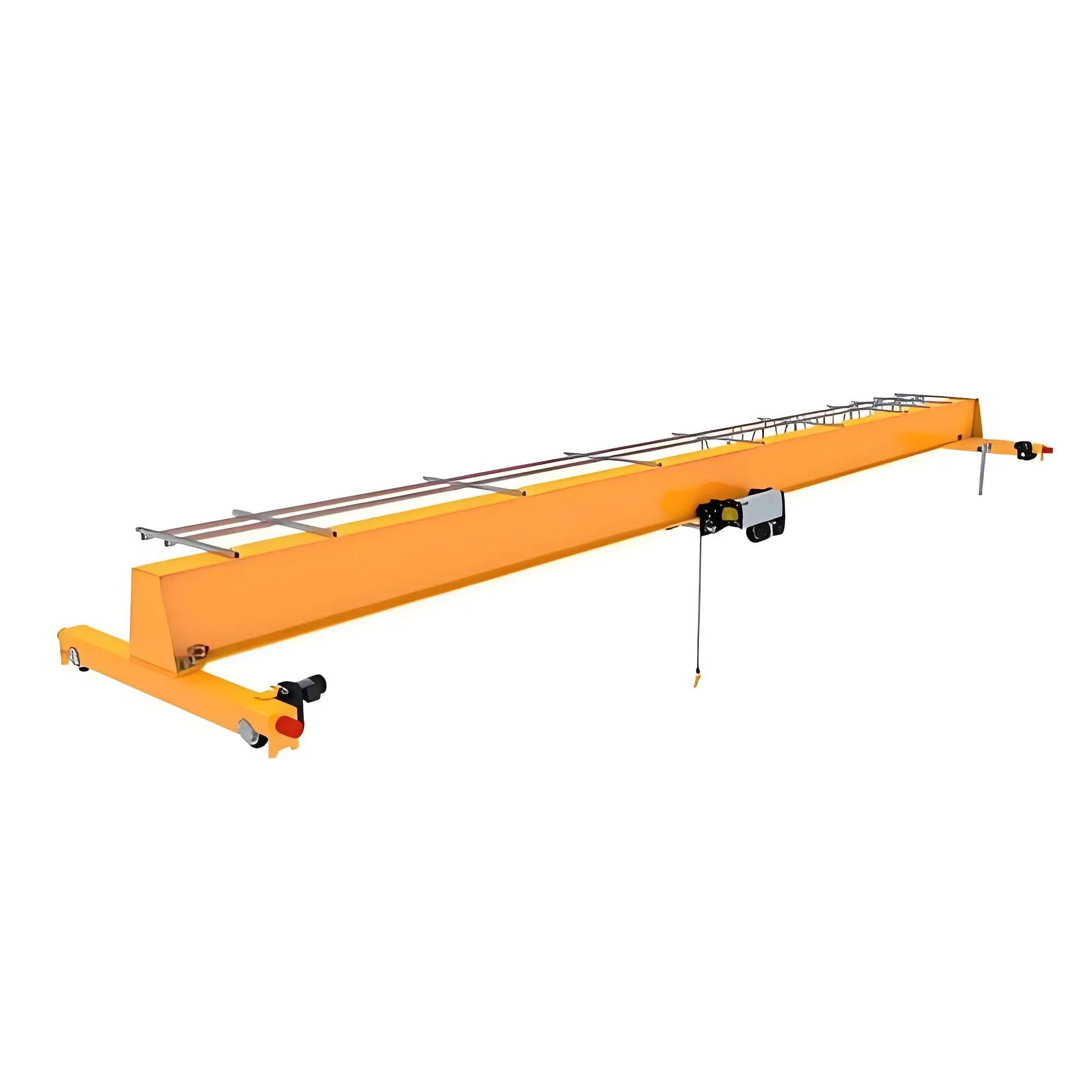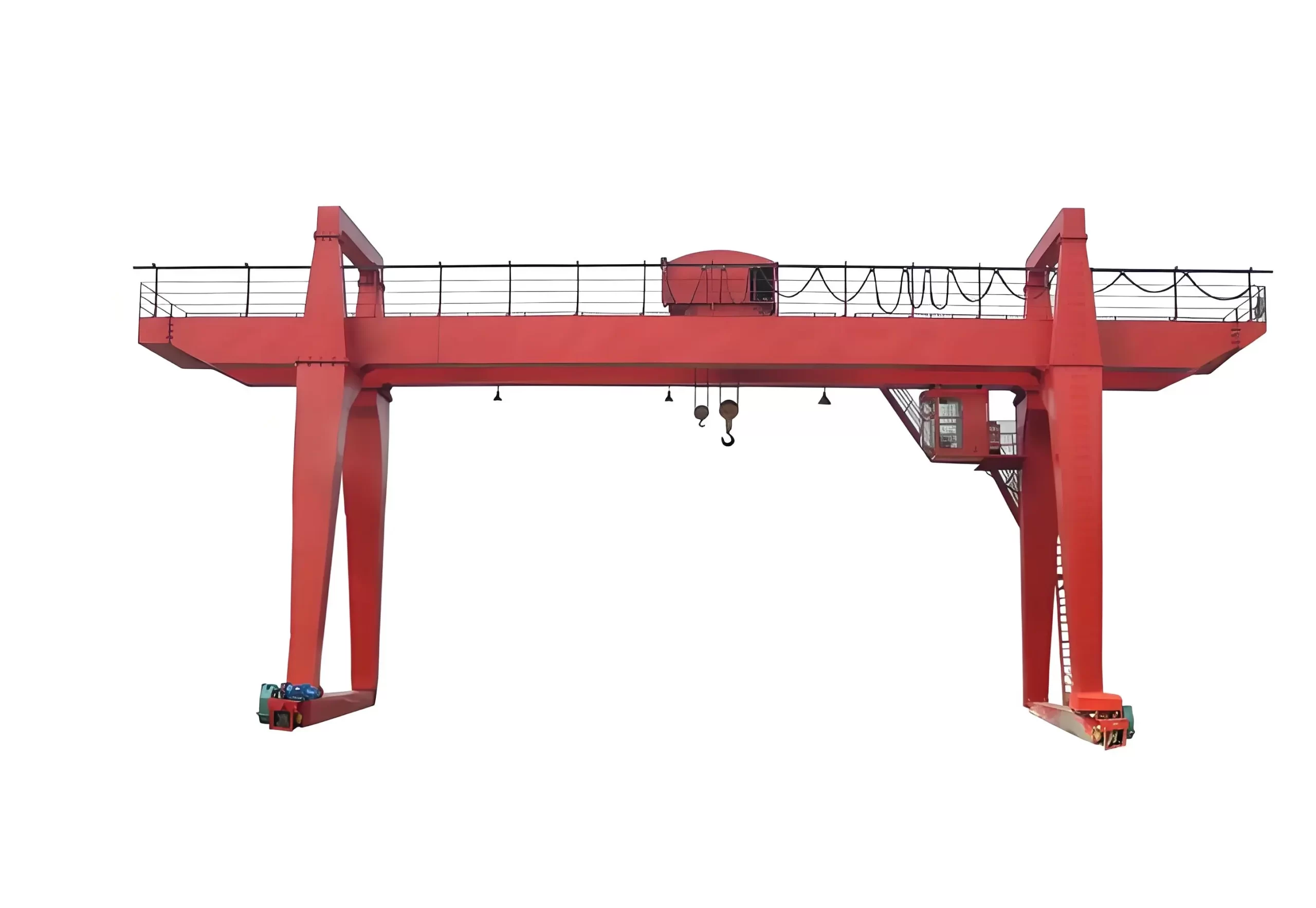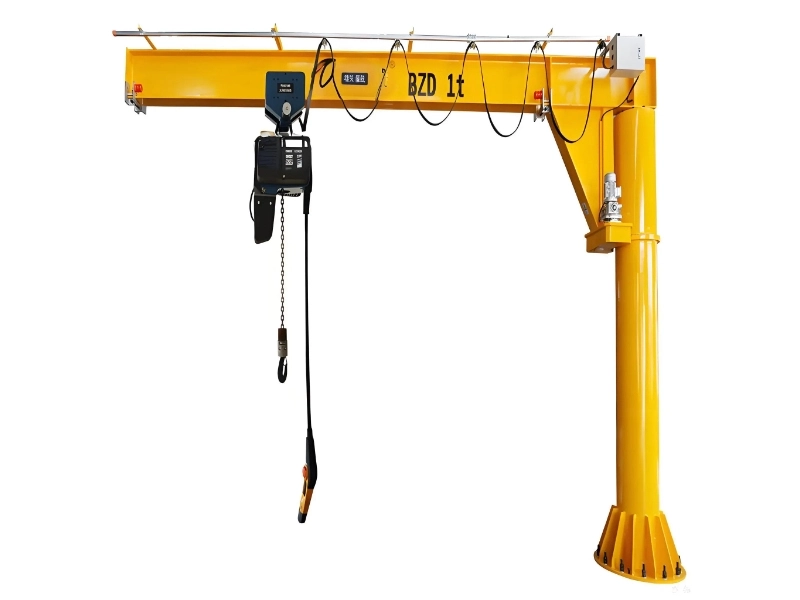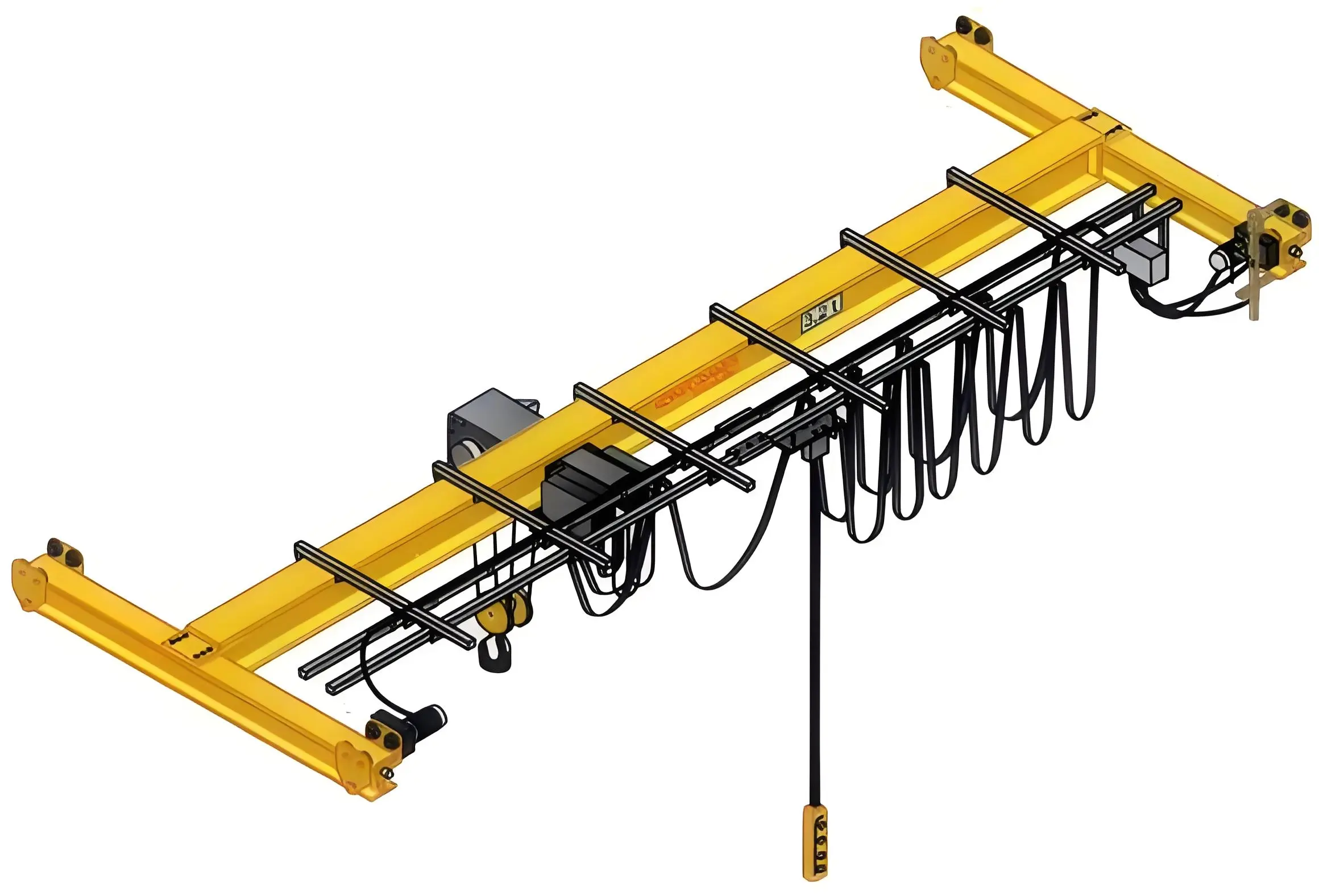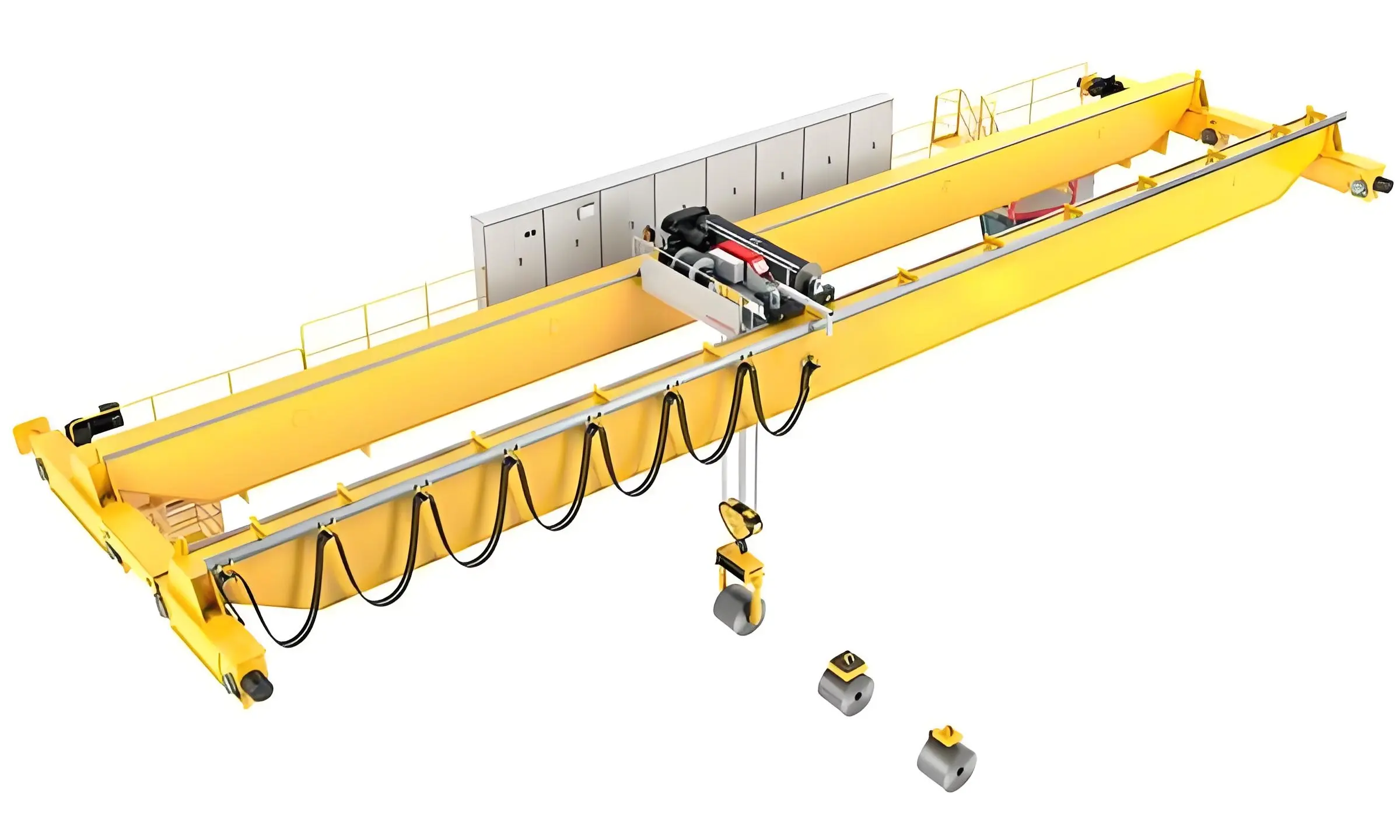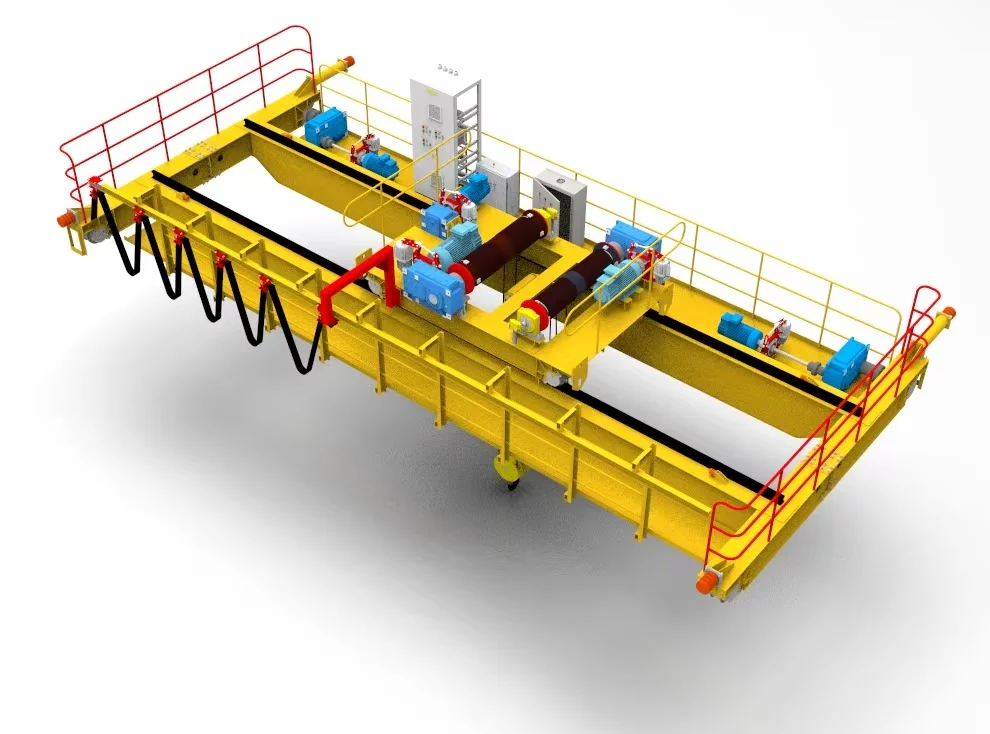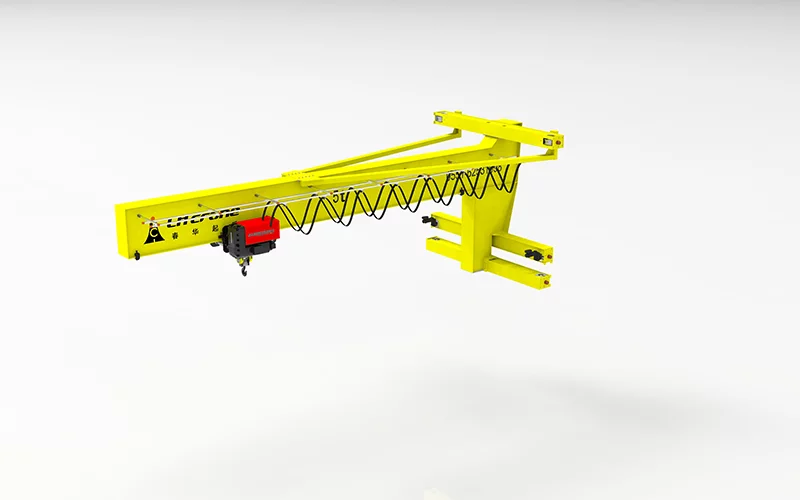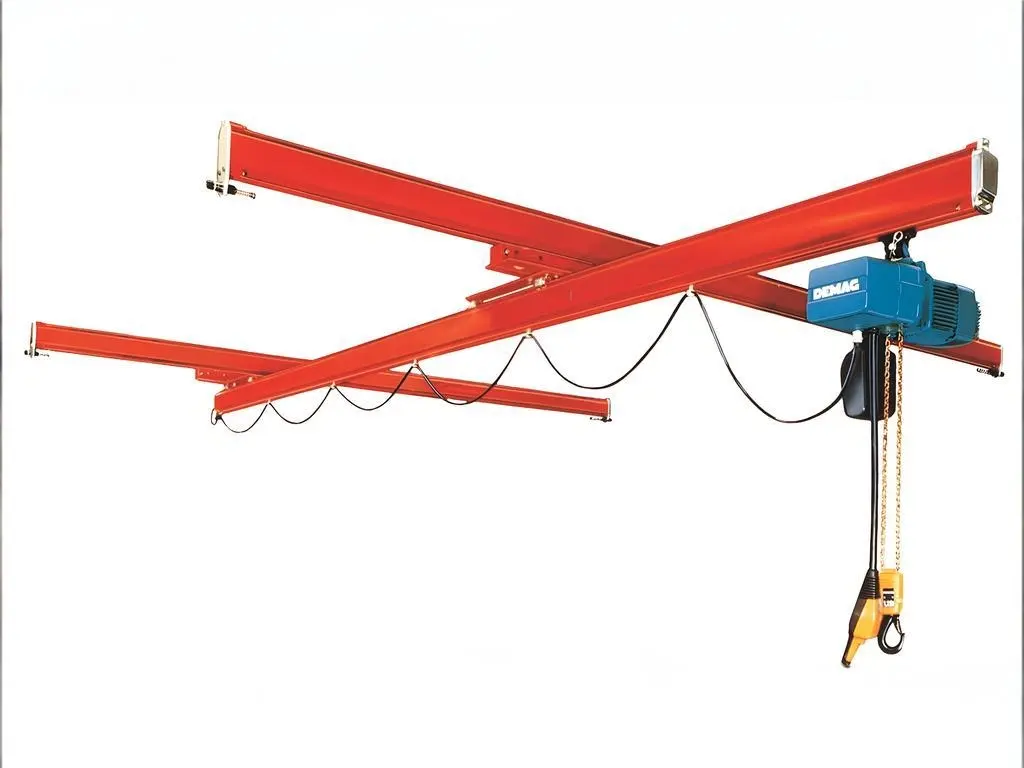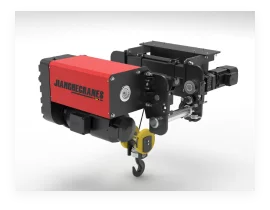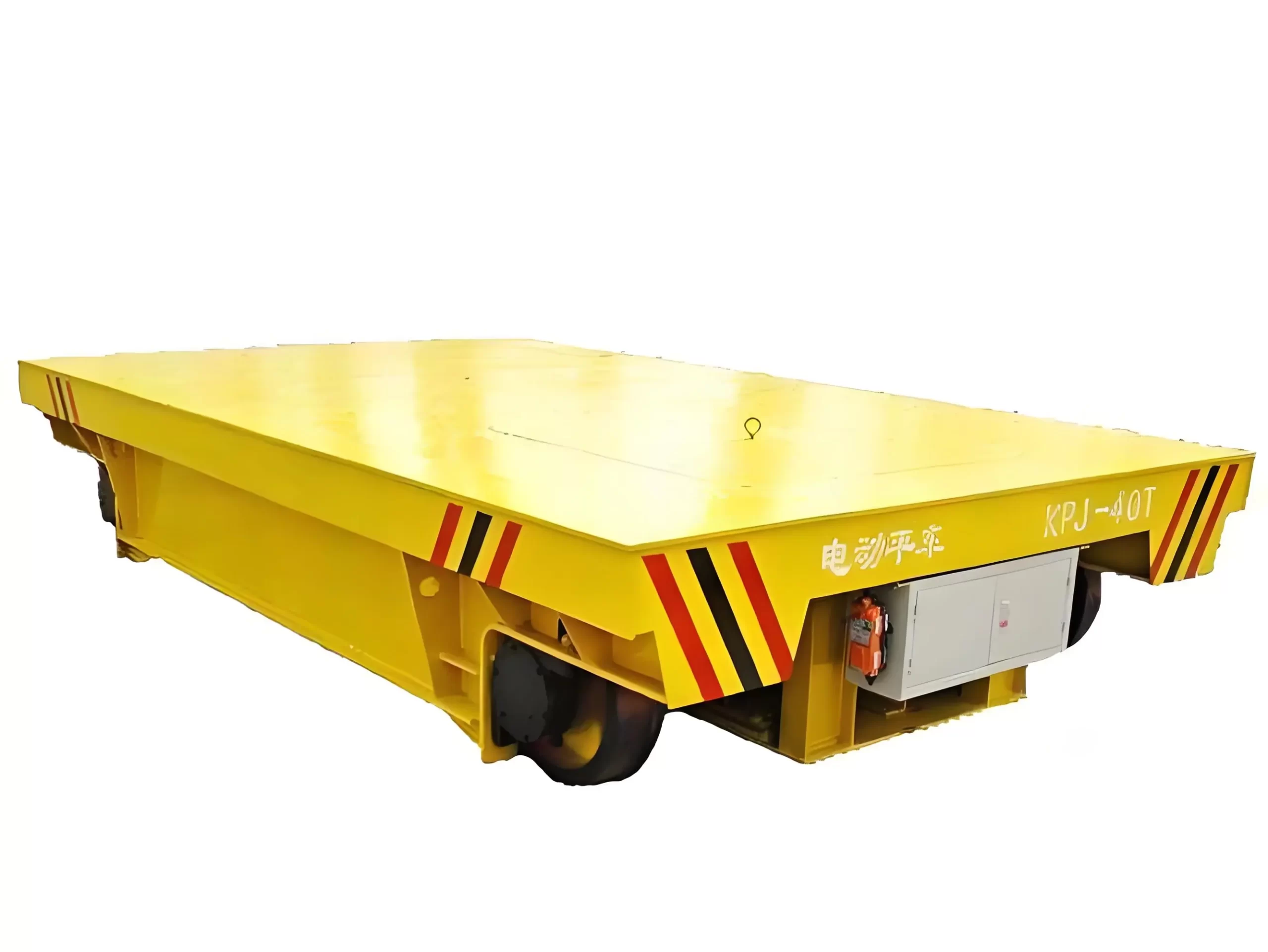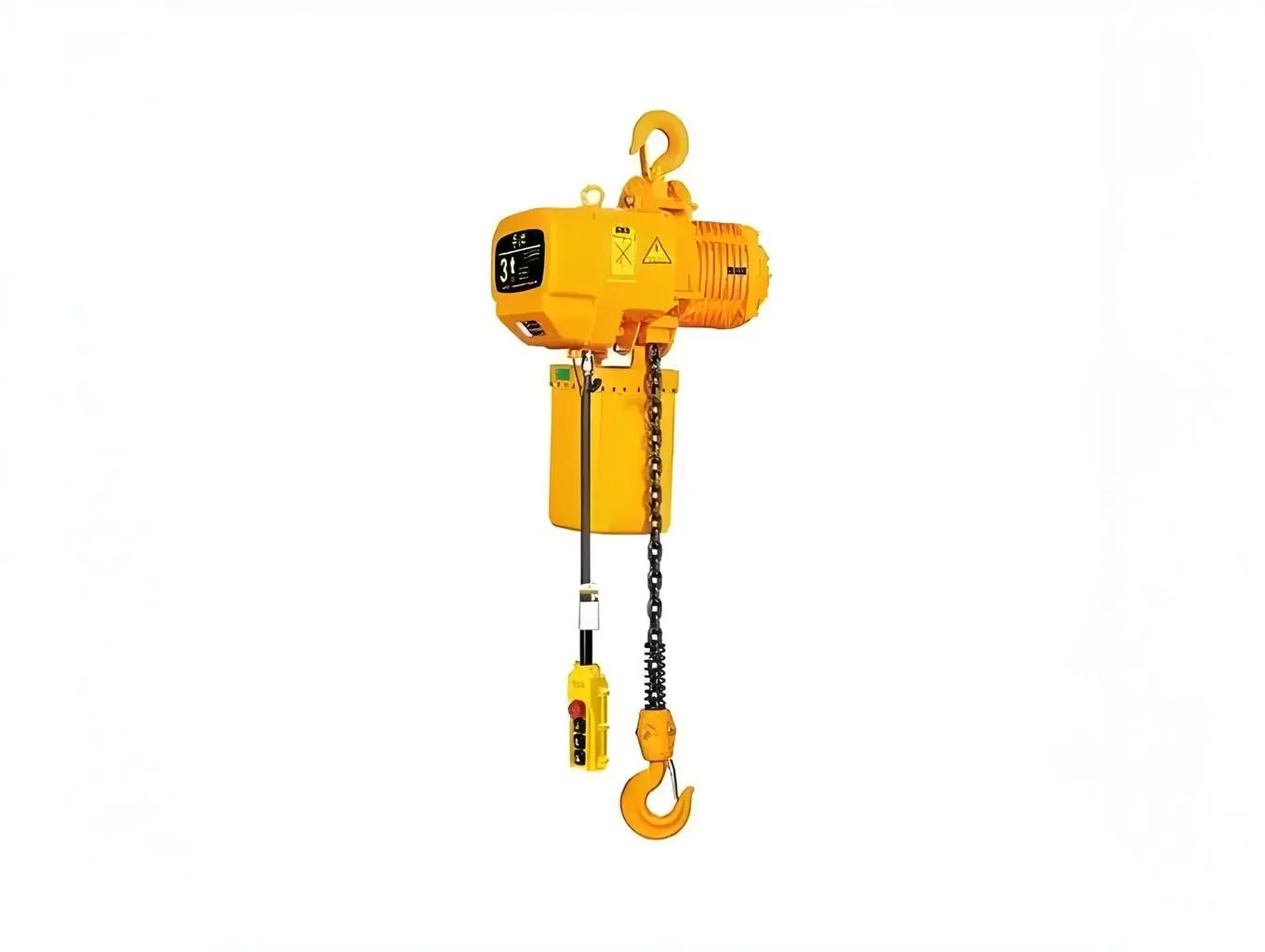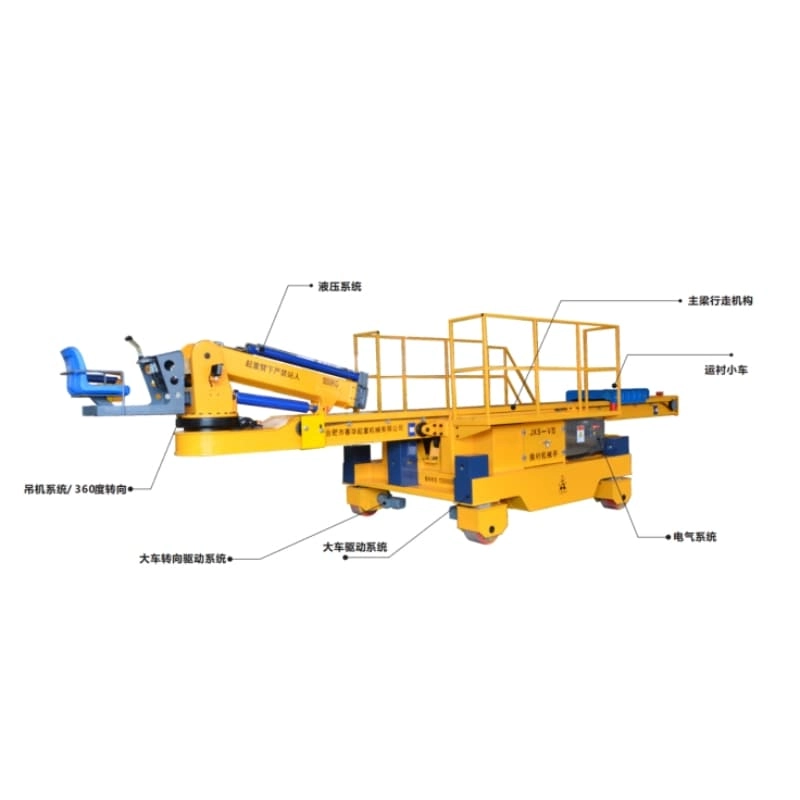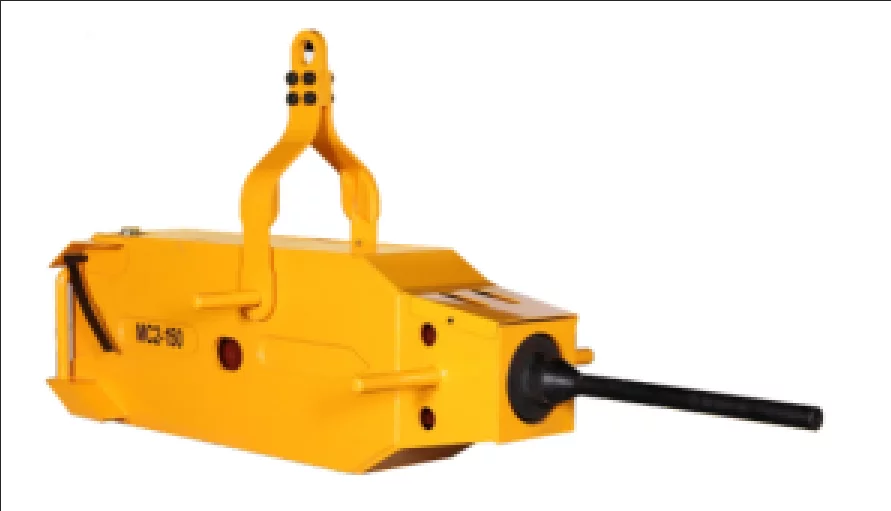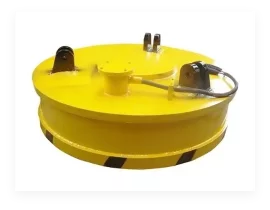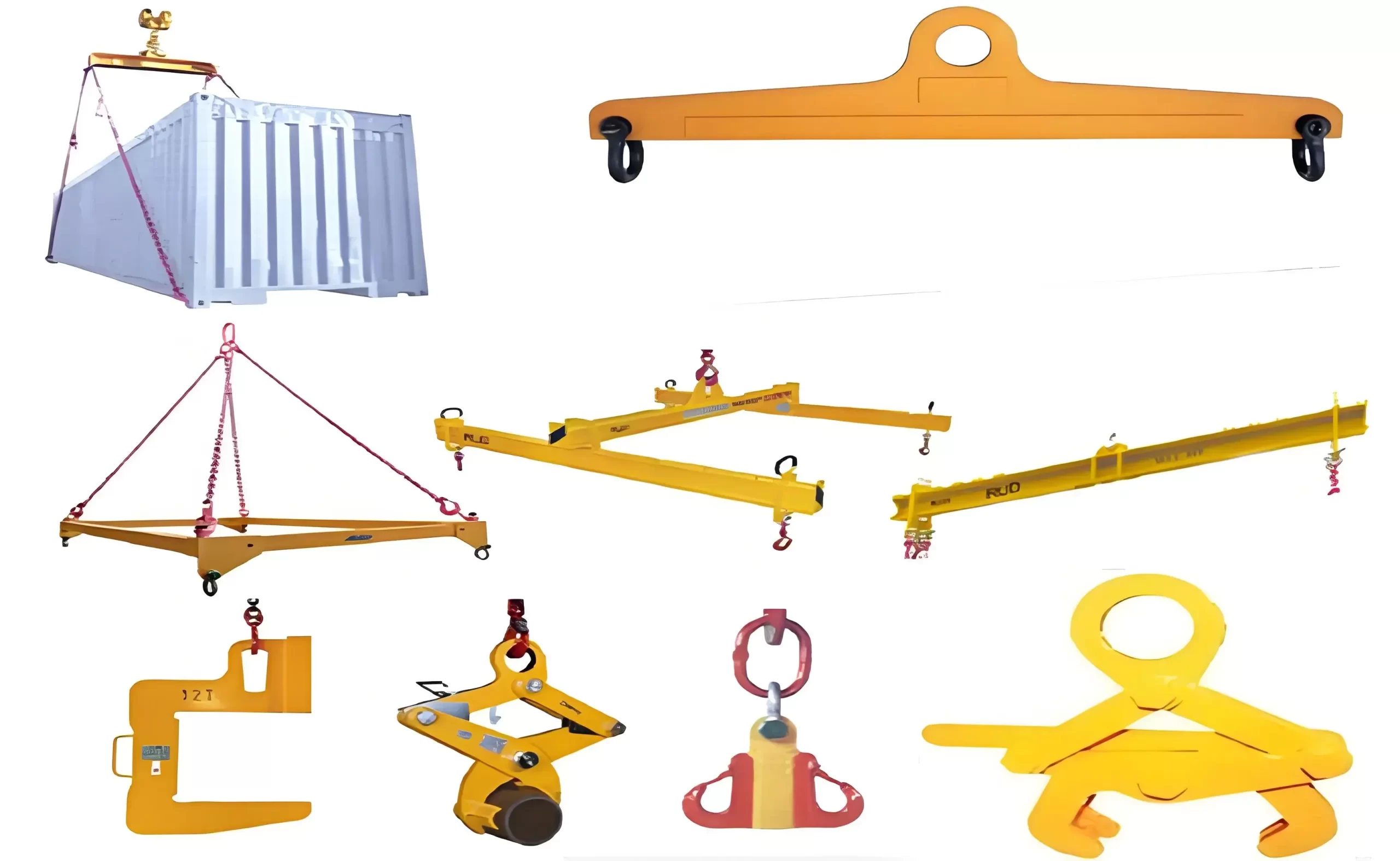-
28
2024/06
What are the differences between flexible KBK and rigid KBK?
Flexible KBK Crane Design: Suspended structure with tracks hung from fittings. Made of aluminum alloy or lightweight steel. Applications: Suitable for limited spaces needing flexible layouts, like assembly lines and workshops. Features: Easy to install and move, highly flexible. Smooth operation with low noise. Rigid KBK Crane Design: Fixed structure with tracks mounted on the ground or walls. Made of high-strength steel. Applications: Suitable for high load ca...
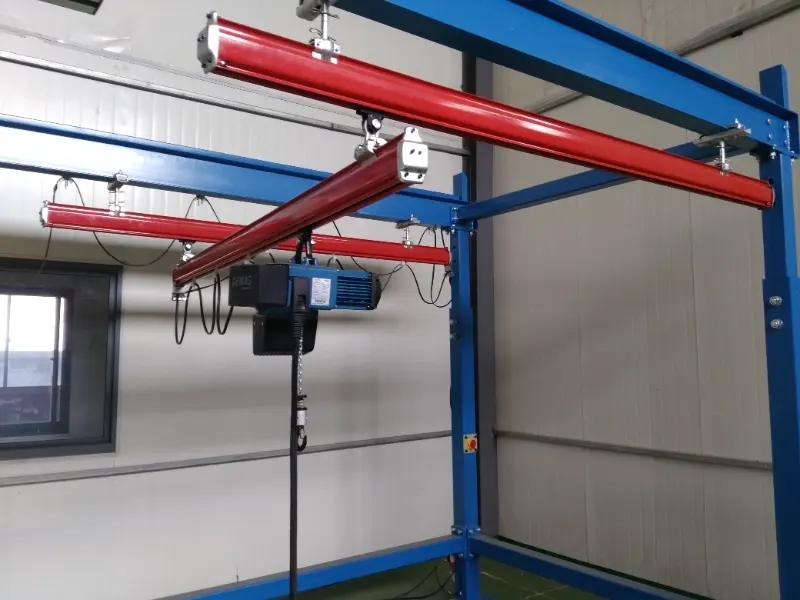
-
27
2024/06
What are the steps for Installing a Gantry Crane?
Preparation Work: Site Preparation: Clear the installation site, ensuring the ground is level and has sufficient load-bearing capacity. Equipment Inspection: Check all parts of the gantry crane for any damage to ensure they are in good condition. Personnel Training: Ensure that the installation personnel possess relevant skills and safety knowledge. Foundation Construction: Foundation Measurement: Measure and mark the foundation location according to the design drawings. Foundation Pouring: Pour th...
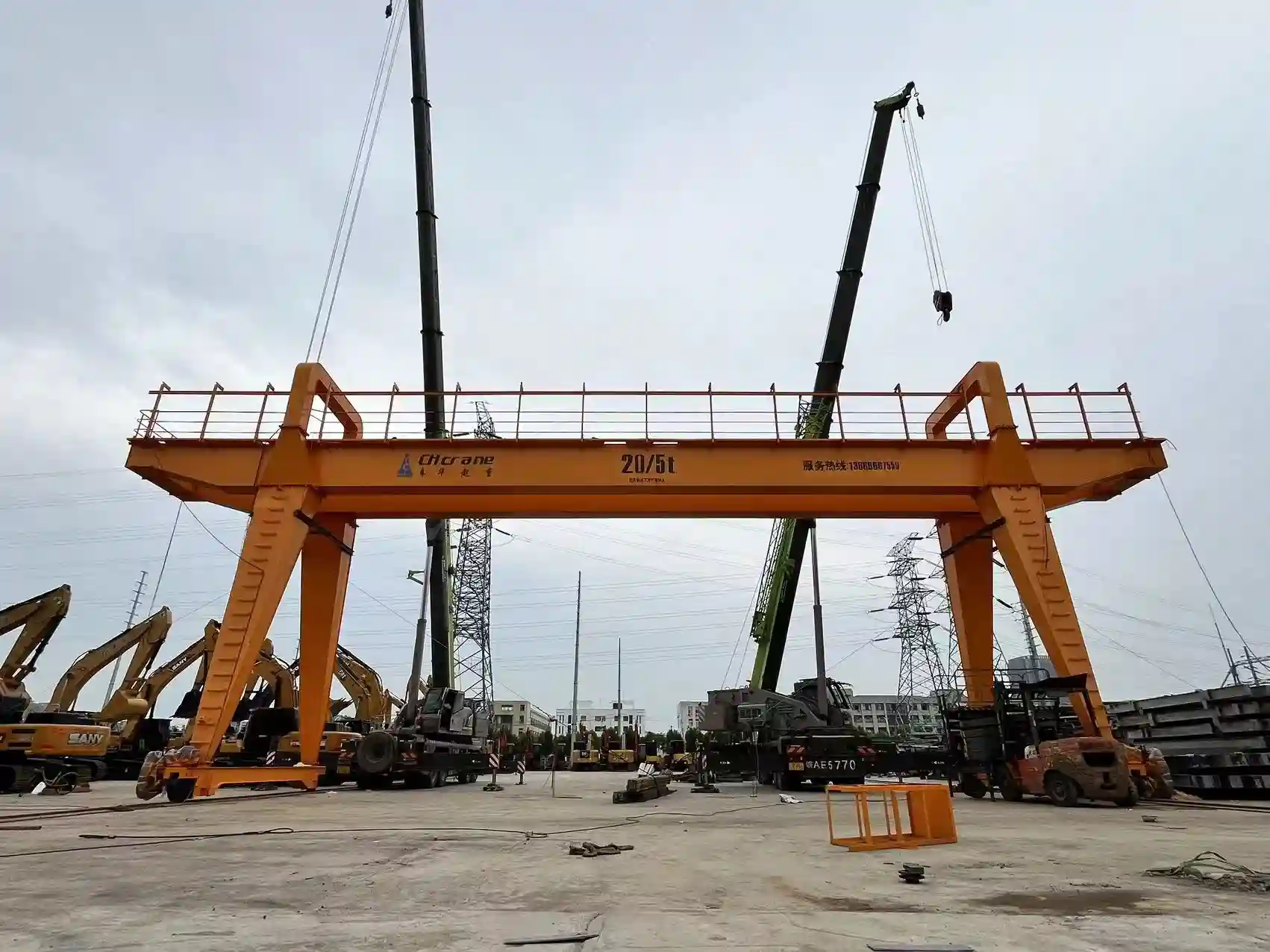
-
26
2024/06
What are the key components of a gantry crane?
Bridge: The main horizontal beam of the crane. Hoist and Trolley: The hoist lifts the load, while the trolley allows it to move horizontally along the bridge. Legs: The vertical supports that carry the bridge, trolley, and hoist. End Trucks: These are located at the ends of the bridge and travel along the crane's runway. Runway: The path along which the crane moves, either a track or a rail system.
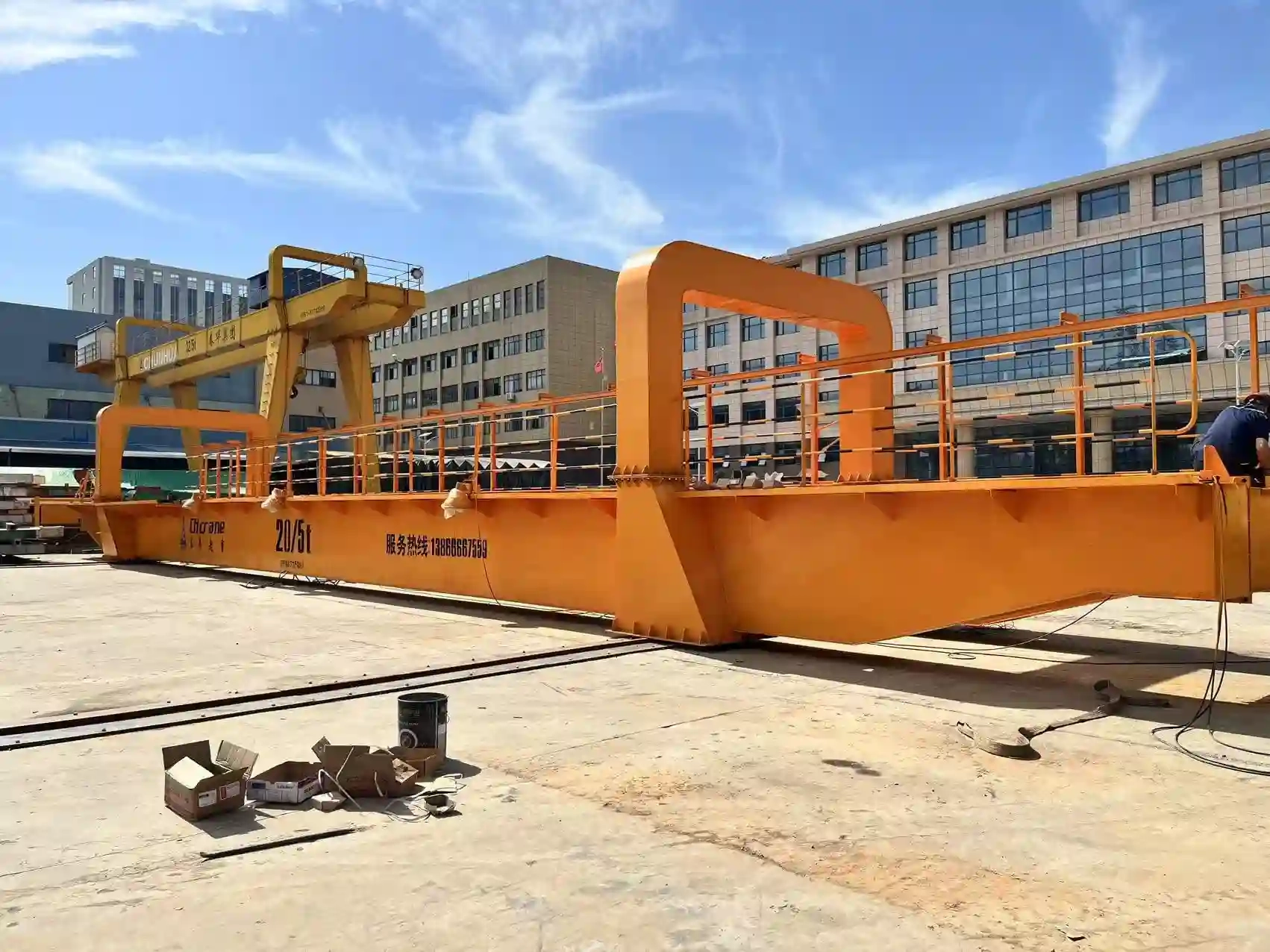
-
25
2024/06
What treatments are necessary after rust removal?
After rust removal, it is necessary to clean the metal surface to ensure no rust or rust remover residues remain. Then, apply anti-rust treatments, such as rust-inhibiting primers and topcoats, or other protective coatings.
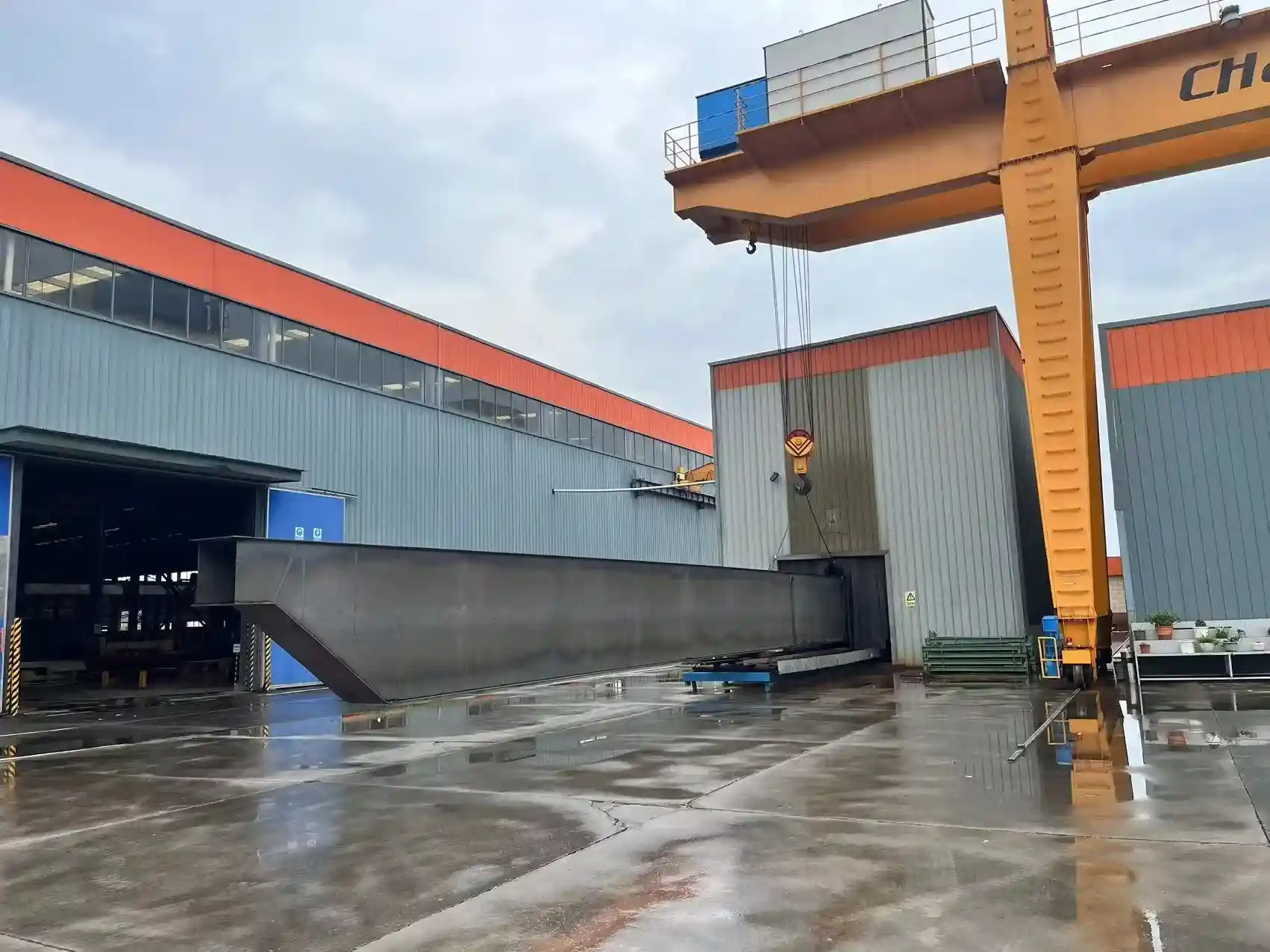
-
24
2024/06
How are gantry crane legs anchored?
The legs of a gantry crane are anchored using either fixed or mobile bases. Fixed bases are typically bolted to the ground or a foundation, while mobile bases may have wheels or tracks to allow the crane to move.
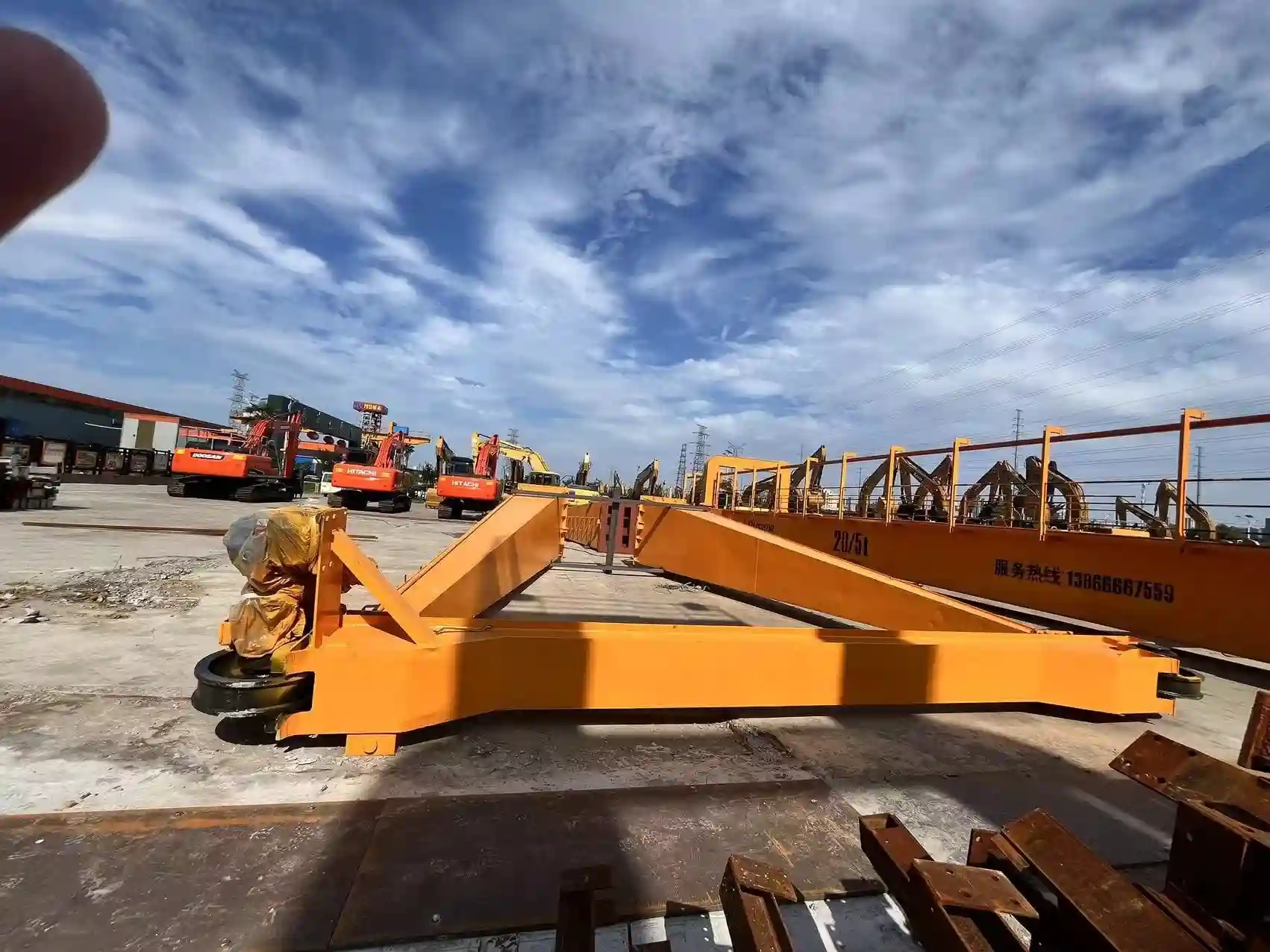
-
23
2024/06
What are the characteristics of metallurgical overhead cranes?
High-Temperature Operation: Metallurgical overhead cranes can operate in high-temperature environments, typically handling molten metals and high-temperature materials. Key components such as hoisting mechanisms and electrical systems are made of heat-resistant materials and designed with special insulation to ensure safety and reliability. Corrosion Resistance: The metallurgical industry often involves corrosive gases and liquids, requiring high corrosion resistance for equipment. Metallurgical overhead cranes are usually cons...
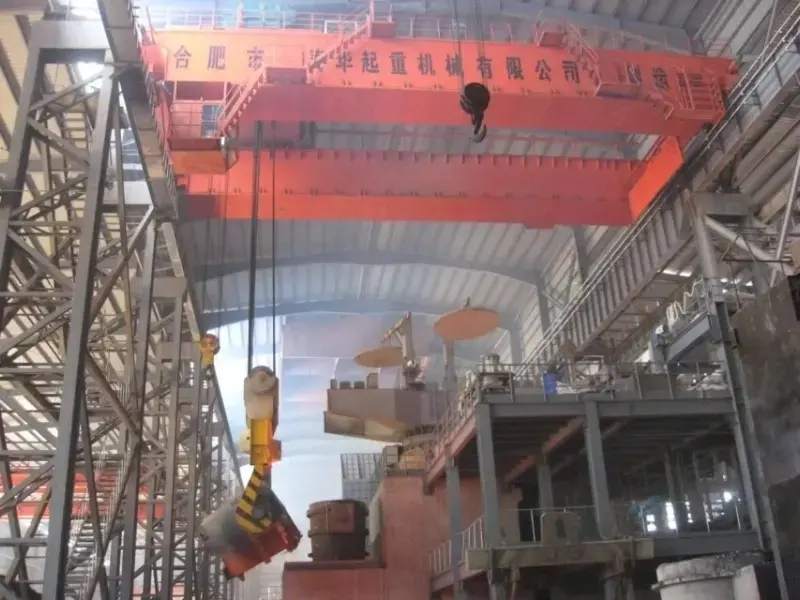
-
21
2024/06
What are the advantages of using a suspension crane?
Space Efficiency: Frees up floor space by hanging from the ceiling. Flexibility: Can be installed in various configurations to suit different workspaces. Coverage: Provides extensive coverage area, especially in large facilities. Cost-Effective: Often less expensive to install than traditional overhead cranes as it requires less structural support.
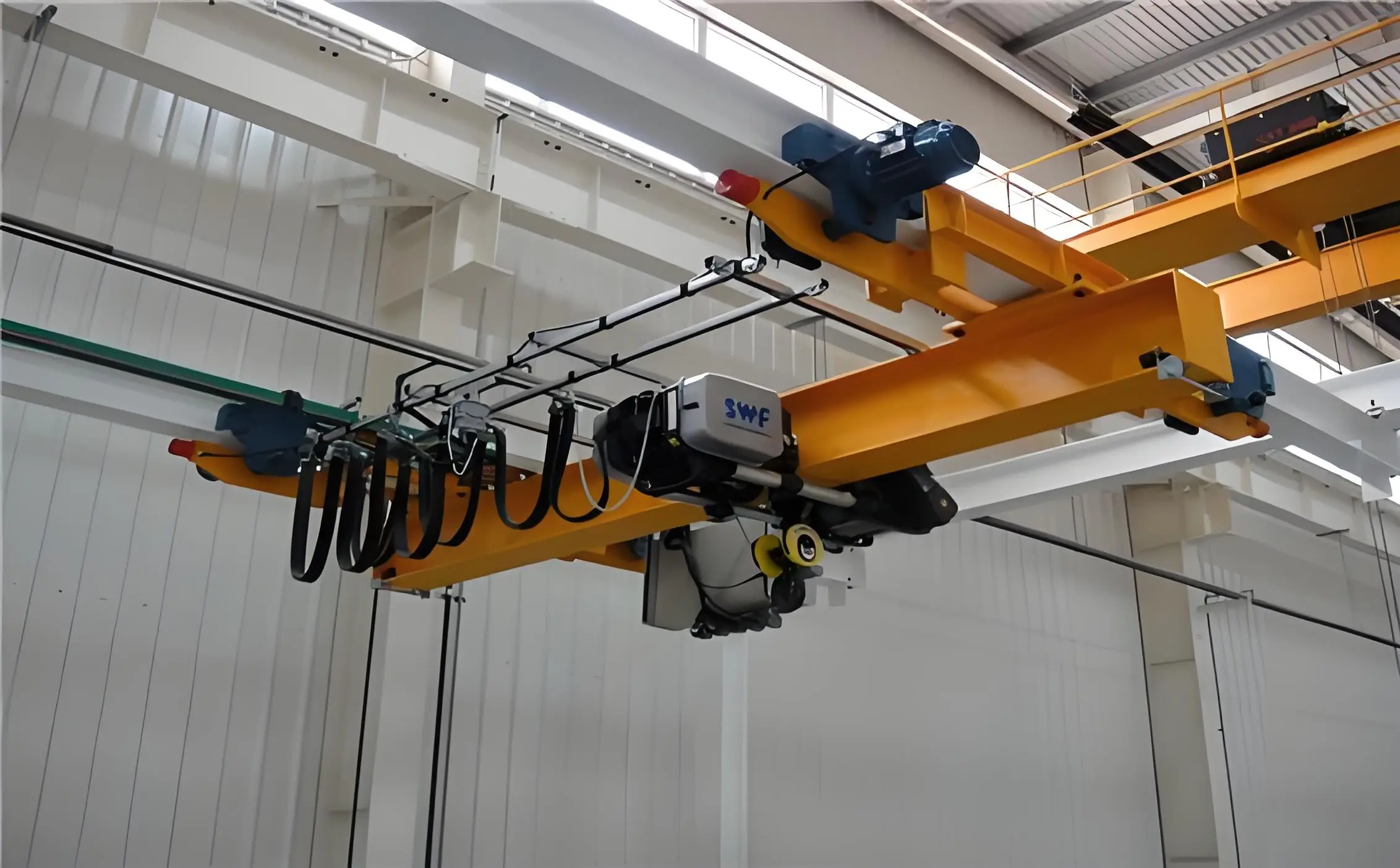
-
20
2024/06
What are the key features of container gantry cranes?
High Lifting Capacity: Typically ranging from 30 to 60 tons, suitable for handling heavy containers. Great Lifting Height: Generally between 20 to 40 meters, allowing for high stacking of containers. Long Span: Can cover large areas, enabling the crane to handle multiple rows of containers simultaneously. Mobility: RTGs are highly mobile and can be moved around the yard, while RMGs are fixed but provide high precision and efficiency. Durability: Built to withstand harsh port environments and continuous heavy use.
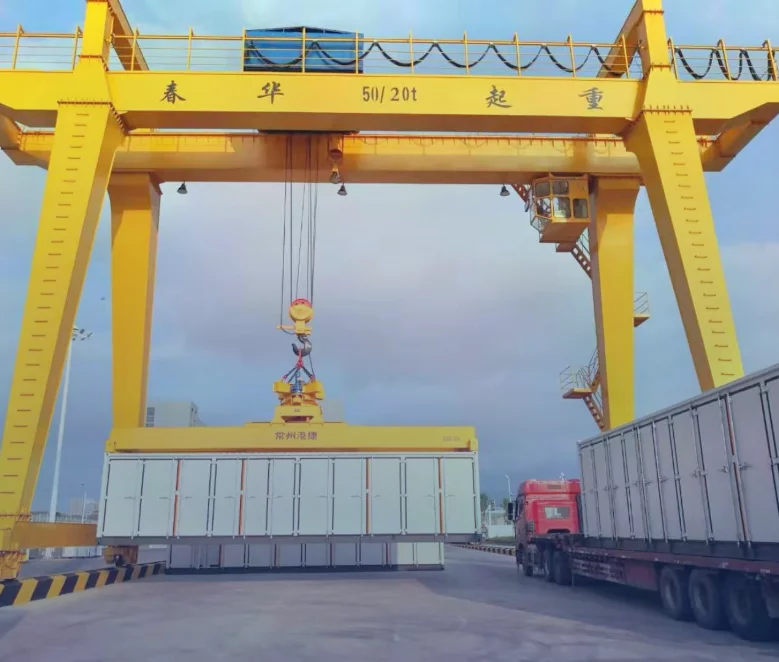
-
18
2024/06
What is the first step in producing an overhead crane?
Requirement Analysis: Understanding the customer’s specific needs. Conceptual Design: Creating initial designs based on requirements. Detailed Engineering: Developing structural plans, selecting materials, and preparing mechanical and electrical schematics.
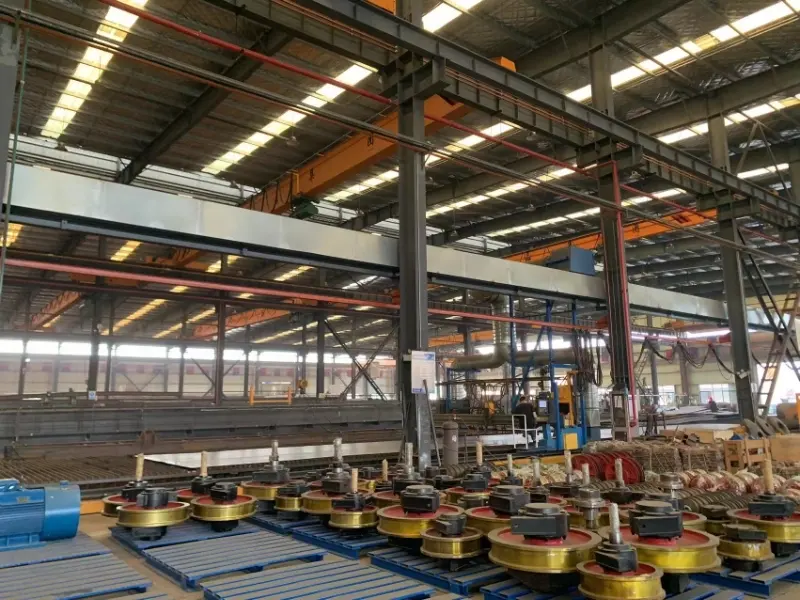
-
17
2024/06
What is an Automated Crane Operating System (ACOS)?
An Automated Crane Operating System (ACOS) is a control system that automates the operation of cranes, enabling them to perform lifting and moving tasks without direct human intervention. This system typically includes sensors, cameras, software algorithms, and sometimes AI to optimize crane operations for efficiency, safety, and precision.
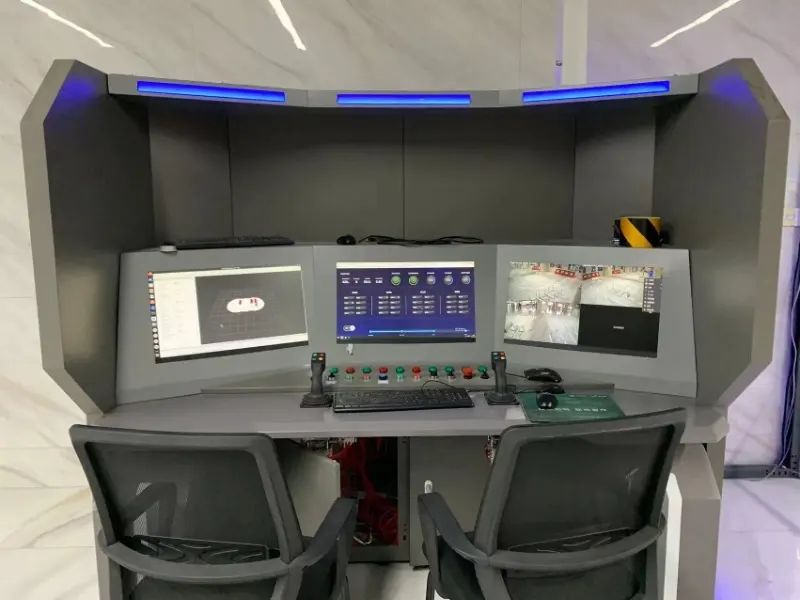
-
15
2024/06
How do I choose the right single girder bridge crane for my business?
When selecting a single girder bridge crane, consider factors such as the weight of materials to be lifted, lifting frequency, working environment, and safety requirements. It's advisable to consult with a specialized supplier of lifting equipment to tailor the crane to your specific needs.
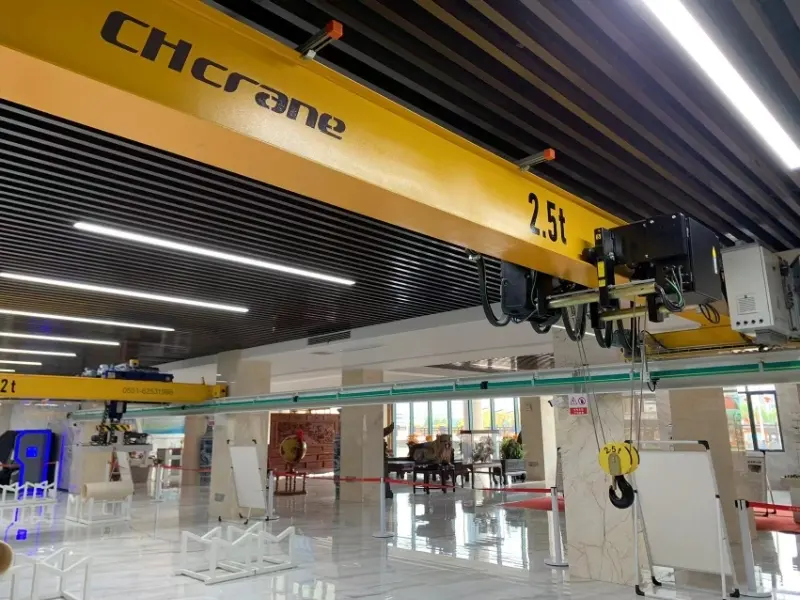
-
14
2024/06
How do automated cranes work?
Automated cranes use a combination of hardware and software to function. Sensors and cameras provide data to a central computer system, which processes the information and sends commands to the crane’s motors and actuators. This allows the crane to move and operate autonomously according to pre-programmed instructions.
